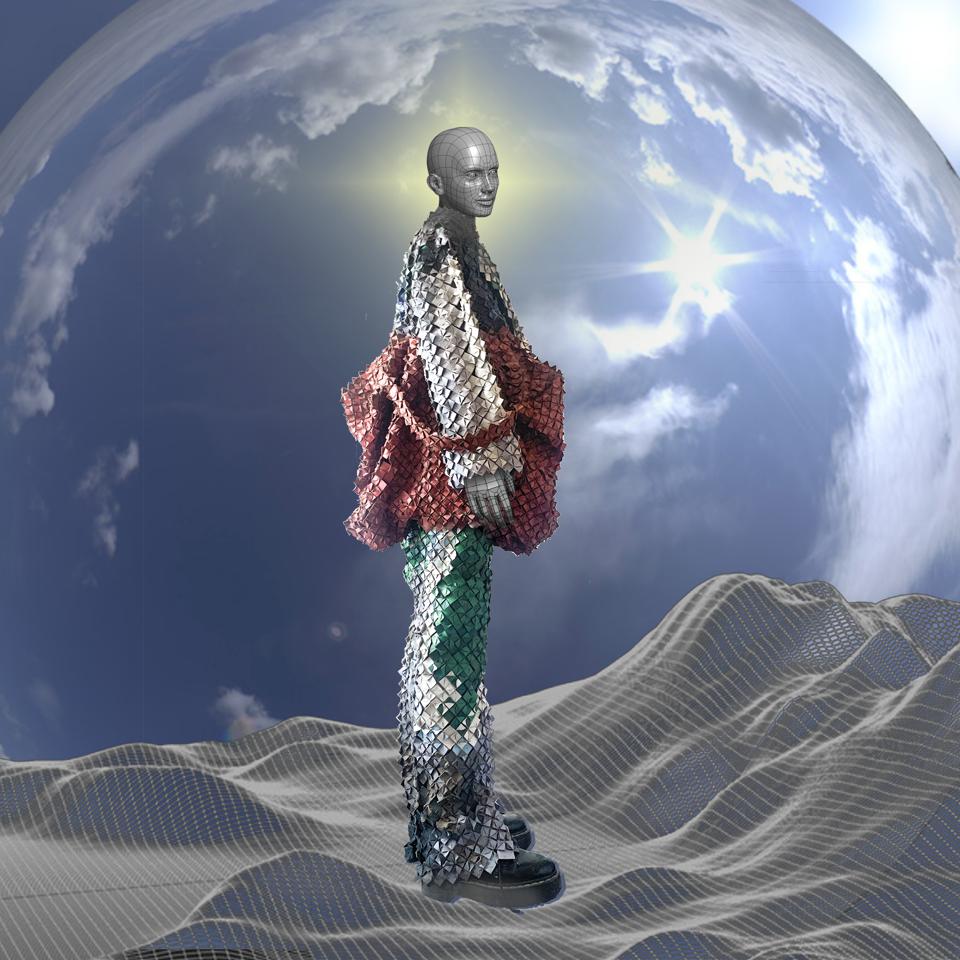We can all agree that the fashion industry is the kind of industry where people need to innovate more and more, thus stepping up their game and being ready to come up with ideas that align to a more sustainable future.
While thinking about AI and its use across many other industries such as healthcare or finance, have you ever wondered what can be accomplished with AI technology in any of sectors within the fashion industry?
Robert-Islam (2020) talks about new revolutionary ways of bridging the world of fashion with AI capabilities, allowing more room for design and creative showcasing of brands. She also mentions that so far gaps have been filled by AI with regards to more efficient production processes and increasing sales conversion within the fashion industry, but that more exploration can increase its potential. One example is from the London College of Fashion, where a couple of students have volunteered for an AI course which teaches them Python to gather data and use it for many creative solutions in areas of fashion.
Amongst many applications of AI within fashion, maybe the most remarkable outcome of the course was the virtual fashion show that took place using a 3D environment and 3D-generated outfits (Robert-Islam, 2020). The way they used past data for creating the virtual fashion show is by replicating dynamics from archives of fashion shows videos. The application was translated both into a VR and an AR experience. As a new form of content creation, one that even Balenciaga has chosen in one of their runaway shows, the head of the Fashion Innovation Agency at the College seems to think that the entire budget is feasible for both smaller and bigger brands (Robert-Islam, 2020).
Now, what I think it is most fascinating in this story is the potential AI has for the creation of more frequent and exquisite runaway shows. Using data from traditional fashion events to teach an algorithm the fundamentals of running a fashion show and empowering people’s creativity in a digital form will enable brands to rely much more on virtual realities. Another side of the story is that using virtual realities for the conversion of a traditional model into a new reality will also mean adapting the whole industry. While AI is already being used for driving efficiency in fashion production, as Robert-Islam (2020) points out, testing new products, using old patterns to come up with new ones and even showcasing the latest collection of the season are all gaining momentum.
Source:
Roberts-Islam, B. (2020, September 21). Why Fashion Needs More Imagination When It Comes To Using Artificial Intelligence. Forbes. Retrieved October 16, 2022, from https://www.forbes.com/sites/brookerobertsislam/2020/09/21/why-fashion-needs-more-imagination-when-it-comes-to-using-artificial-intelligence/


